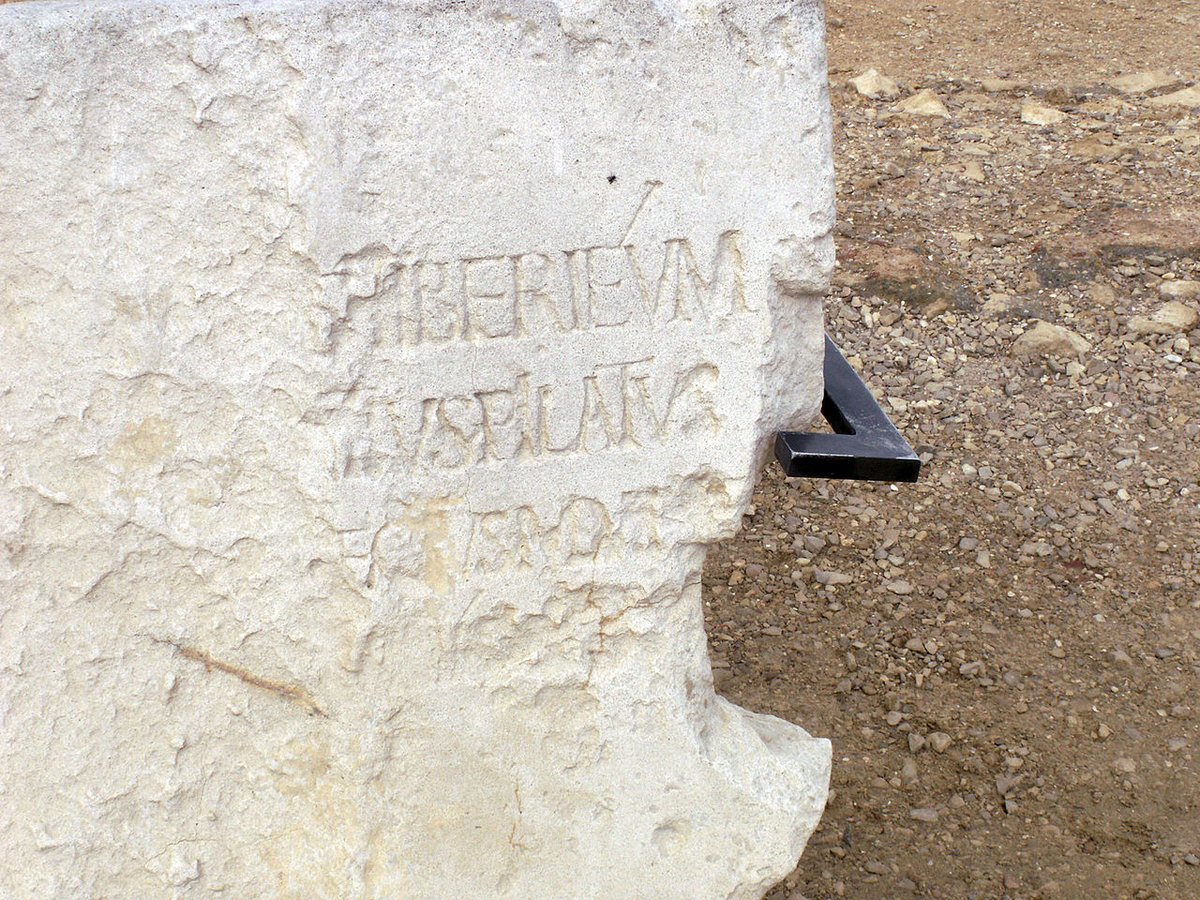
We manage a unique museum about the #Romans in Scotland focusing on the fort at Trimontium. We run lots of activities & talks #Melrose #ScottishBorders
How to get URL link on X (Twitter) App


 Popina's did not have the best of reputations and were often associated with illegal and immoral behaviour. As well as food and drink, sex was often also on offer and also gambling, even though gambling with dice was illegal
Popina's did not have the best of reputations and were often associated with illegal and immoral behaviour. As well as food and drink, sex was often also on offer and also gambling, even though gambling with dice was illegal 
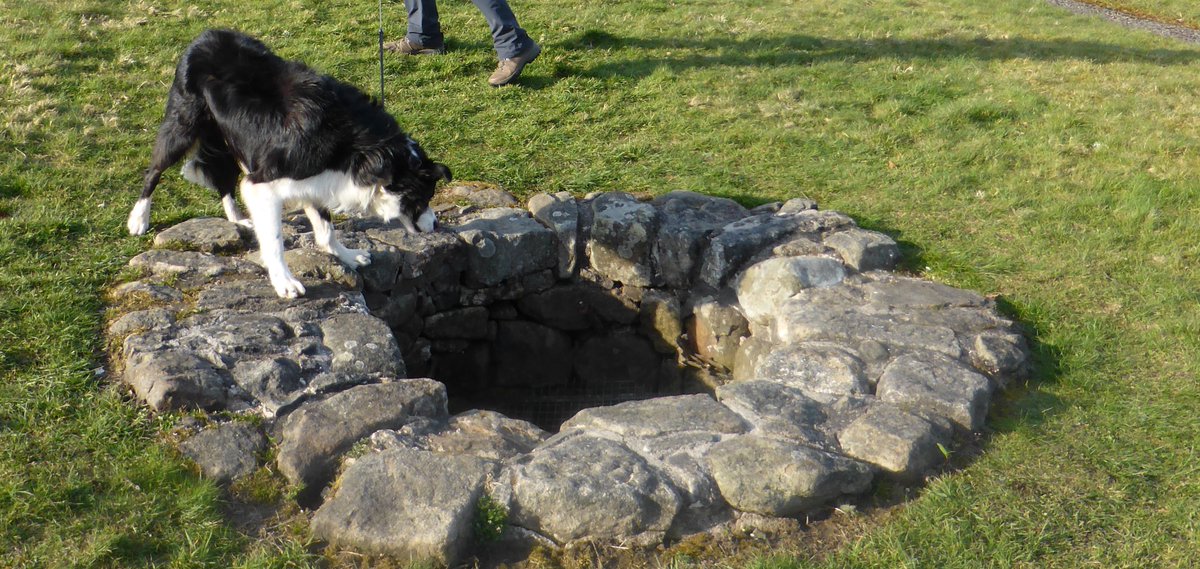
 Bar Hill is near #Cumbernauld in #Scotland and is one of several forts along the Antonine Wall. Built in c142AD this clip shows the Principia and well, from where many objects were recovered, including shoes, coins and pieces of altars.
Bar Hill is near #Cumbernauld in #Scotland and is one of several forts along the Antonine Wall. Built in c142AD this clip shows the Principia and well, from where many objects were recovered, including shoes, coins and pieces of altars.
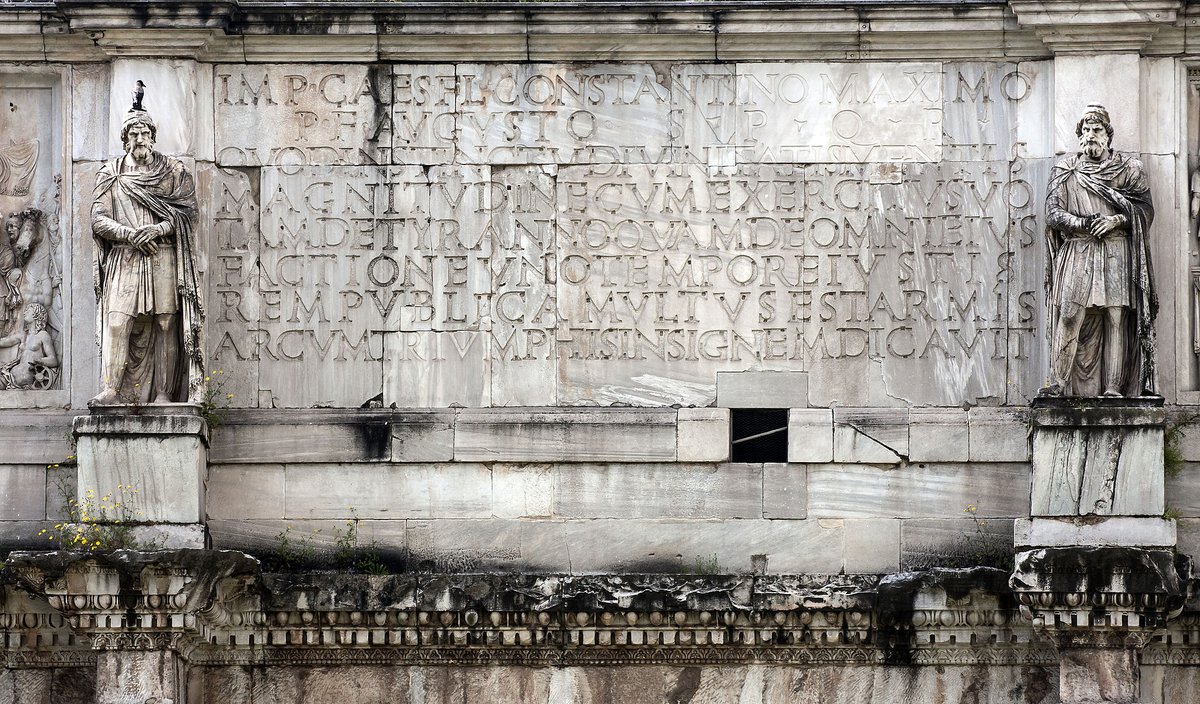
 The Dacian kingdom under their last king, Decebalus, covered around 400,000 square kilometres. This powerful kingdom was seen as a threat to Rome & Decabalus had mounted successful raids south of the Danube. The images show Dacians on Trajan's Column.
The Dacian kingdom under their last king, Decebalus, covered around 400,000 square kilometres. This powerful kingdom was seen as a threat to Rome & Decabalus had mounted successful raids south of the Danube. The images show Dacians on Trajan's Column. 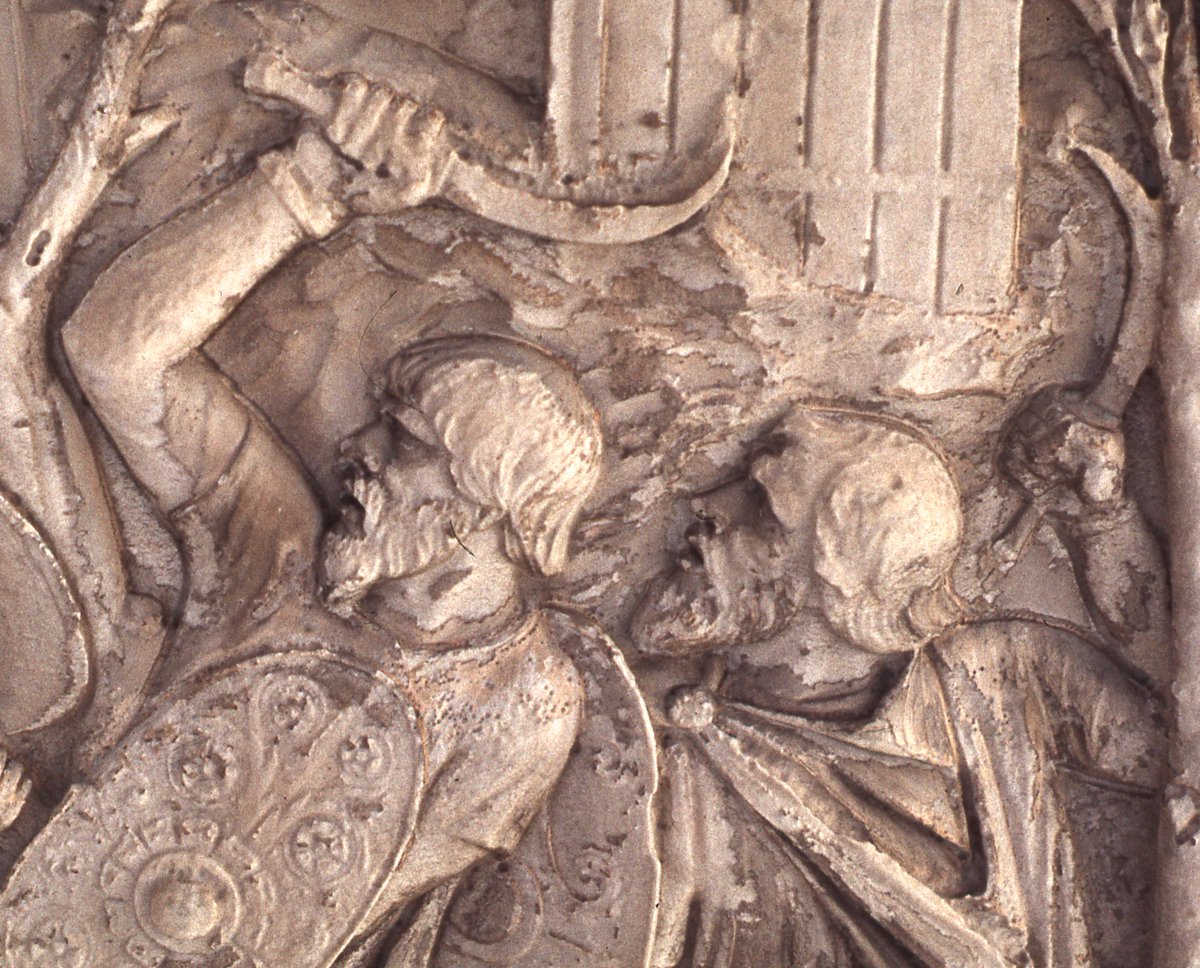
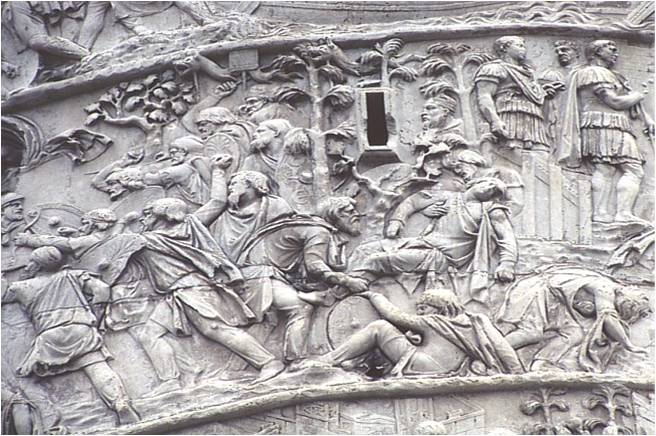

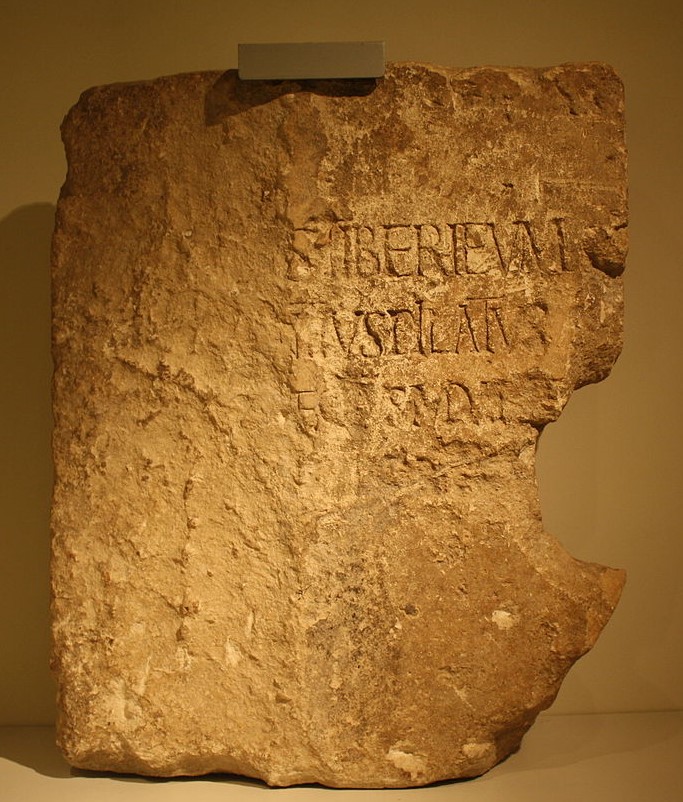
 The partial inscription on the Pilate Stone reads
The partial inscription on the Pilate Stone reads